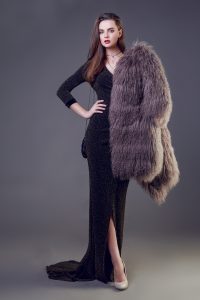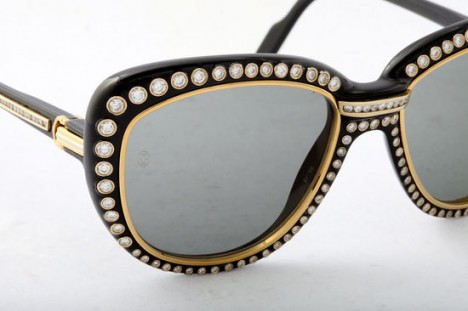Exploring the evolution of fashion
Fashion, as a form of self-expression and cultural reflection, has continuously evolved throughout history. From ancient civilizations to the present day, fashion has responded to societal shifts, technological advancements, and changing aesthetic sensibilities. Let’s embark on a detailed exploration of the fascinating evolution of fashion.
- Ancient Civilizations (Pre-15th Century): Fashion in ancient civilizations, such as Egypt, Mesopotamia, Greece, and Rome, was heavily influenced by culture, climate, and social hierarchy. Clothing served both functional and symbolic purposes. Luxurious fabrics, intricate draping, and embellishments were reserved for the wealthy elite, while simpler garments were worn by the general population. Ancient Egyptian fashion, characterized by flowing robes and headdresses, showcased status and religious beliefs, while Roman fashion displayed the influence of Greek aesthetics with togas and tunics.

Middle Ages and Renaissance (15th – 16th Century): The Middle Ages saw fashion heavily influenced by feudalism and religious values. Sumptuary laws regulated what different social classes could wear, with extravagant garments reserved for the nobility. The Renaissance marked a shift toward individualism, with art, culture, and trade influencing fashion. Silhouettes became more fitted, and rich fabrics like velvet and silk were adorned with intricate embroidery. The emergence of Italian and French fashion capitals, with influential figures like Catherine de’ Medici and her court, laid the foundation for the modern fashion industry.
17th to 18th Century: The Baroque and Rococo periods witnessed opulent fashion characterized by elaborate gowns, corsets, and wigs. The influence of French fashion grew under Louis XIV, with Versailles becoming the epicenter of European style. The Enlightenment era brought about a shift toward simpler, more natural styles, as reflected in the emergence of neoclassical fashion inspired by ancient Greece and Rome.
19th Century: The Industrial Revolution led to significant changes in fashion. Mass production made clothing more affordable and accessible to a wider population. The Victorian era saw an emphasis on modesty and elaborate detailing, with corsets, crinolines, and bustles shaping the female silhouette. Towards the late 19th century, fashion started to shift with the advent of the Art Nouveau movement, which brought softer, flowing lines and an emphasis on nature-inspired designs.
20th Century: The 20th century witnessed rapid transformations in fashion, influenced by cultural, political, and technological changes. The early 1900s saw the departure from the rigid corsets and voluminous skirts of the Victorian era, with designers like Paul Poiret and Coco Chanel introducing looser, more comfortable styles. The 1920s marked the era of the flapper, with shorter hemlines and a more liberated female silhouette. The mid-century brought about a youth-driven fashion revolution, from the sophisticated elegance of Dior’s New Look in the 1950s to the rebellious spirit of the countercultural movements in the 1960s and 1970s.

Late 20th Century to Present: The late 20th century and beyond witnessed an increasing diversification of fashion trends. The rise of street style, influenced by subcultures, music, and popular culture, challenged traditional fashion norms. The advent of globalization and technology accelerated the dissemination of fashion trends, making it more accessible and democratic. Fast fashion emerged, offering affordable, on-trend clothing with a faster turnover rate.
In recent years, there has been a growing awareness of the environmental impact of the fashion industry, leading to a surge in sustainable fashion practices. Designers are incorporating eco-friendly materials, promoting ethical production methods, and embracing inclusivity in terms of body size, gender, and cultural diversity.
The evolution of fashion reflects the ever-changing dynamics of society, technology, and individual expression. It demonstrates the power of fashion as a form of artistic expression, cultural identity, and a mirror of the times. As we move forward, fashion will continue to adapt, innovate, and respond to the needs and values of a dynamic world.
Today, fashion is characterized by a fusion of influences from different cultures, a celebration of individuality, and a focus on sustainability and inclusivity. Designers are experimenting with innovative materials, embracing diverse body types, and redefining traditional gender norms.







